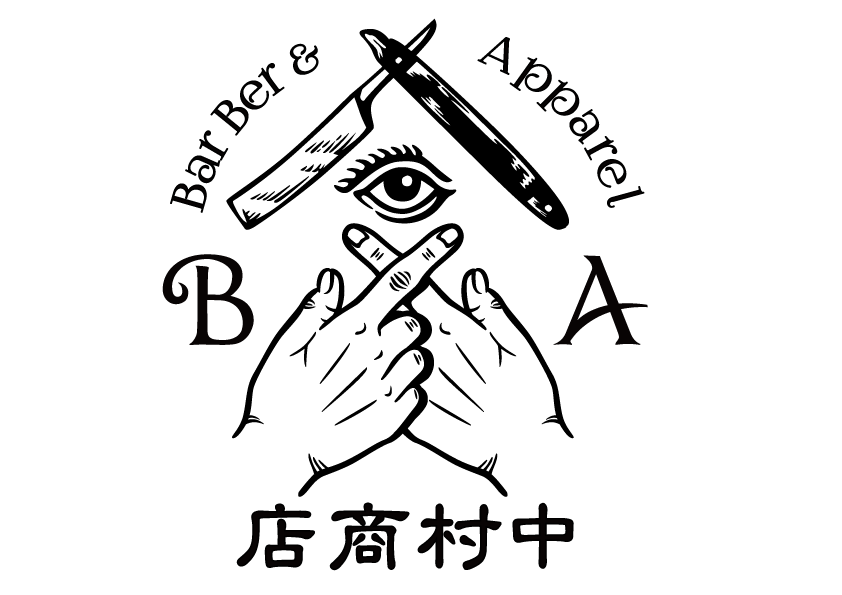CuttingCape #6 focuses on traditional Japanese performing arts, with a motif of ukiyo-e paintings by Sharaku, a famous ukiyo-e artist from the Edo period.

What is Sharaku?
Sharaku appeared on the ukiyo-e world like a comet in 1794 (the 6th year of the Kansei era), and in the space of just 10 months, he produced over 140 ukiyo-e prints before suddenly disappearing.
Because the actors' characteristics were captured so realistically, the play caused a stir, both good and bad, with one writer saying, "It was too realistic to portray the truth...and it did not last long" (Ota Nanpo, "Thoughts on Ukiyo-e").
A short period of activity of just 10 months. Maybe it was because they weren't popular at the time? I heard that their works were often taken out of Japan.
In 1910, the German psychologist Julius Curt praised Sharaku in his book "SHARAKU" as one of the three greatest portrait painters alongside Rembrandt and Rubens. This marked the beginning of Sharaku's growing reputation in Japan from around the Taisho period onwards.
The more you look into it, the more theories emerge and the mystery grows. Reviews are mixed.
As such, there are various theories about Sharaku's true identity, but there is no doubt that he was an ukiyo-e artist who remains shrouded in mystery even today.
Let's put aside the various theories about him for the moment and introduce some of the works we have focused on. Please follow your own sensibilities.
Sharaku's most famous works are his first 28 large-head paintings, in which only the upper body is depicted against a black mica background.
Our new product 2024s/s #6 focuses on a work depicting Ichikawa Ebizo playing Takemura Sadanoshin in the kabuki play "Koi Onnabo Somewake Tezuna" among 28 large-headed paintings.

What is the Kabuki play "Koi Nyobo Somewake Tezuna"?
The play "Koi Nyobo Somewake Tezuna" was first performed in 1751 at the Takemotoza in Osaka, and was adapted into a kabuki play in the same year. It was a big hit when it was performed at the Nakamuraza in Edo. This long joruri play has thirteen acts, but it has been abbreviated since the Meiji period, and in modern kabuki, only the tenth act, "Dochu Sugoroku" and "Shigenoi Kowake", are performed in either the afternoon or evening sessions.
Commonly known as "Shigenoi Child Parting," the story tells of Shigenoi, a wet nurse serving the princess of the Yuruki family in Tanba Province, who was separated from her son, whom she had had with a vassal named Date Yosaku during her time as a maid, but who is now forced to part ways with him again due to his current status as a servant.
Takemura Sadanoshin, drawn by Sharaku, appears in the fifth act, commonly known as "Kaneiri."
Sadanoshin is a Noh actor employed by the Yuruki family, and his daughter Shigenoi is a female servant. She falls in love with a young samurai named Date Yosaku and subsequently gives birth to a child, which causes a major scandal for the Yuruki family.In order to protect the family's honor, Sadanoshin resigns from his role and, as his final request, asks the lord to teach him the Noh play "Dojoji."
In the Noh play Dojoji, Sadanoshin commits seppuku to plead for the life of his daughter to be spared.
As a parent, the lord promises to make Shigenoi the princess's wet nurse, and Sadanoshin, in his dying state, bids farewell to Shigenoi and is sent off in a palanquin.
The play explores complex relationships and emotions through themes of the conflict between love and duty, the bond between parent and child, and family honour.
Okawari Sharaku and the process of completing the design
I was particularly drawn to the portrait of Takemura Sadanoshin painted by Sharaku, who appears in "Koi Nyobo Somebun Tezuna."
As Sharaku's research progressed, it was determined that the Sadanoshin he painted had a tragic expression on his face when he found out about his daughter's mistake, performed a Noh performance in front of the lord, and resolved to commit seppuku inside the bell.
But upon further investigation I read an article by someone who thought that the interpretation that the expression is tragic was merely the interpretation of pre-war Sharaku researchers.
I see.
A tragic expression of someone preparing to commit seppuku. Indeed. Does it look like that to you?
And now that I have kids, I've been thinking about this painting many times over the years, night after night.
One day, I was thinking about adding an illustration of a Japanese sword blade over Sharaku's painting in a border-like pattern, like the design of product #6 , and asked Sharaku's Takemura Sadanoshin about it.

What emotion is that on your face? I tell my kids to do whatever they want to do, and to think carefully about how they can be happy in order to do it. That's what I teach them, so I was shocked and my spine was tingling.
So what do you think? Doesn't it look like he's smiling a little, peering through the gaps to see the true nature of the world?
If Sadanoshin's act of seppuku was a way to atone for his daughter's mistake while fulfilling his role as a Noh performer, then how happy Sadanoshin must have been.
There is no way that a parent can atone for the sins of their child. Well, I wonder if this still exists in modern times? Among the upper classes. This world is interesting because it is ridiculous.
Rather than a tragic expression, Sadanoshin's soul is always looking out at the world and his daughter through some gap, as if to say, "Well, I'm doing it. So what happens? Are you happy at this moment, that you're alive?"
That's how this work left by Sharaku struck me. It was long.
It took me that long to design my interpretation.
It is the culmination of an extremely personal barbering idea, and the fact that it cannot be found anywhere else in the world makes it a unique masterpiece.
I'm not sure whether you all needed this long explanation, so I apologize for saying this now, but please forgive me as this was the only opportunity I had to organize my thoughts.
Our products are not just tools for barbers. They are designed to support the daily lives of barbers who survive in the modern world and provide new experiences for their customers.
Thank you for reading to the end. I will write #7 later.
2024s/s We will update you daily about the collection so please come back and check the news.
Also, I'm often asked this question, so I'll take this opportunity to say something.
For customers who already use our products.
thank you always.When the leather piping around the neck starts to get frayed, it's time to buy a new one.
The leather used in our products is washable leather, which has been treated by craftsmen to make it waterproof, but the waterproof properties will decrease over time with each washing.
In recent years, made-to-order production has become a trend at our company, so we would appreciate it if you could make a plan and consider it. We look forward to hearing from you.
This was the announcement of the start of the final of Barber & Apparel Nakamura Shoten's 2024s/s collection.

Please note that the delivery date may vary depending on the situation. Therefore, this product is not eligible for the "Shipping within 5 business days after payment is confirmed" in the shipping policy. Please note that we cannot accept cancellations or refunds after an order has been placed.



Share:
2024s/s collection #3-#5
2024s/s collection #7